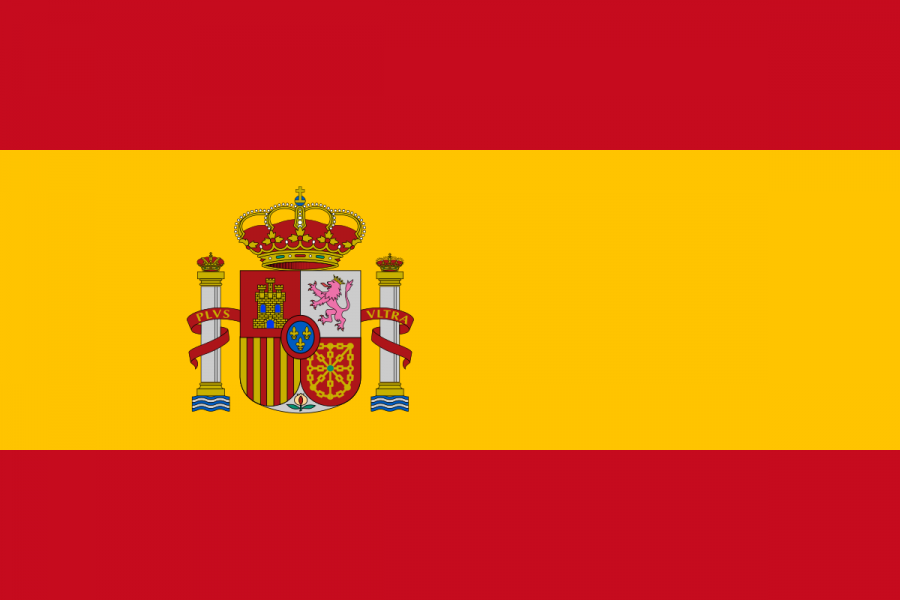An Overview of the Spanish Referendum
October 24, 2017
By Madeleine Morales ’18, Lifestyle Section Editor
In Catalonia, Spain’s wealthiest region, the people are revolting. For years, citizens of the Barcelona-centered territory have wanted independence from Spain as they once were, off-and-on, since Franco’s dictatorship originally suppressed them. From the 80’s until 2010, the loose ties and assuming autonomy was upheld by Catalonians, but the Spanish Constitutional Court repressed Catalonians by extending power over them in a 2010 ruling. In 2014, an unofficial vote on independence demonstrated “more than two million of the region’s 5.4 million eligible voters took part and officials declared that 80% had backed secession,” according to BBC.
When I was in Barcelona this summer, independence was clearly the consensus, even Spaniards who were not native Barcelonans agreed it was fair. Barcelona and Madrid, the two largest cities in Spain, are taxed heavily, yet only Madrid gets fair governmental sustenance for city projects and the well-being of citizens. Additionally, Barcelona itself provides the government with much of its funding. The citizens I had met and conversed with felt abused and robbed, paying higher taxes on goods, income, and social security than any other Spanish citizen. Visually, the city is covered in not Spanish flags, but the flags of Catalonia, flying from balconies, restaurants, hotels, museums, and more. The language barrier of Catalonian and Spanish also adds to the autonomy of the region, more unlike Spain with its beaches, language, and European vibes, than like the rest of Spain. What is to come? Who knows, but in my opinion, I think independence for Catalonia, or some sort of territorial agreement, is on the way.



